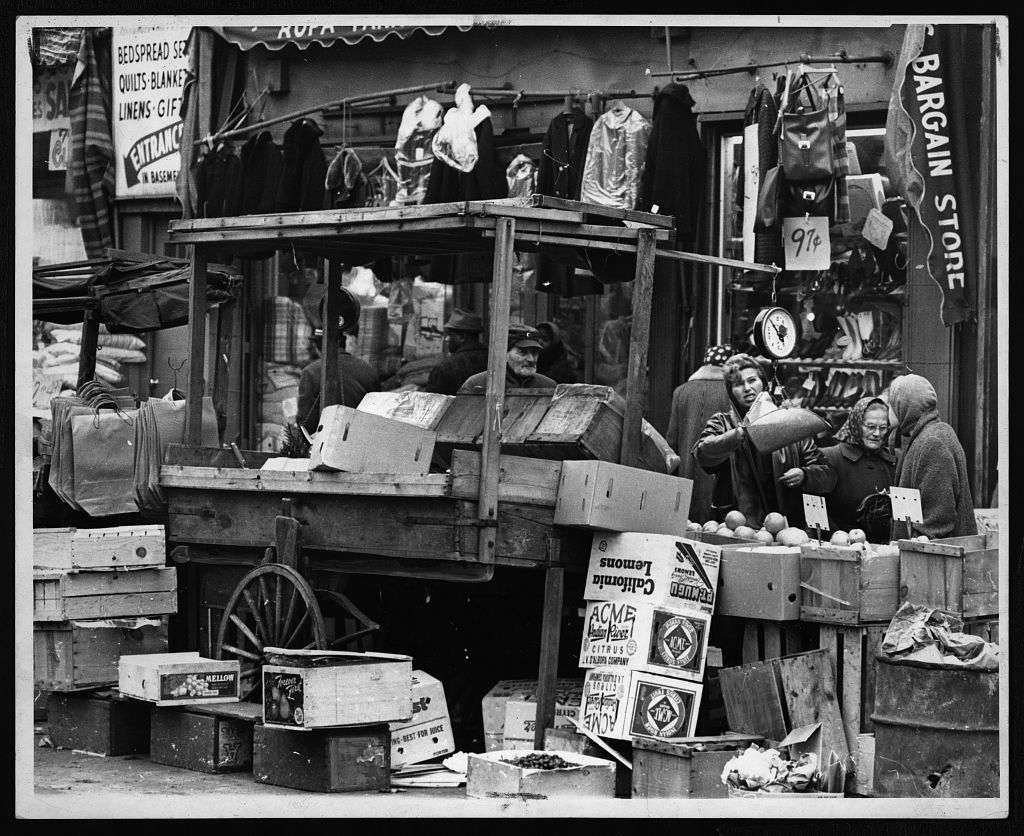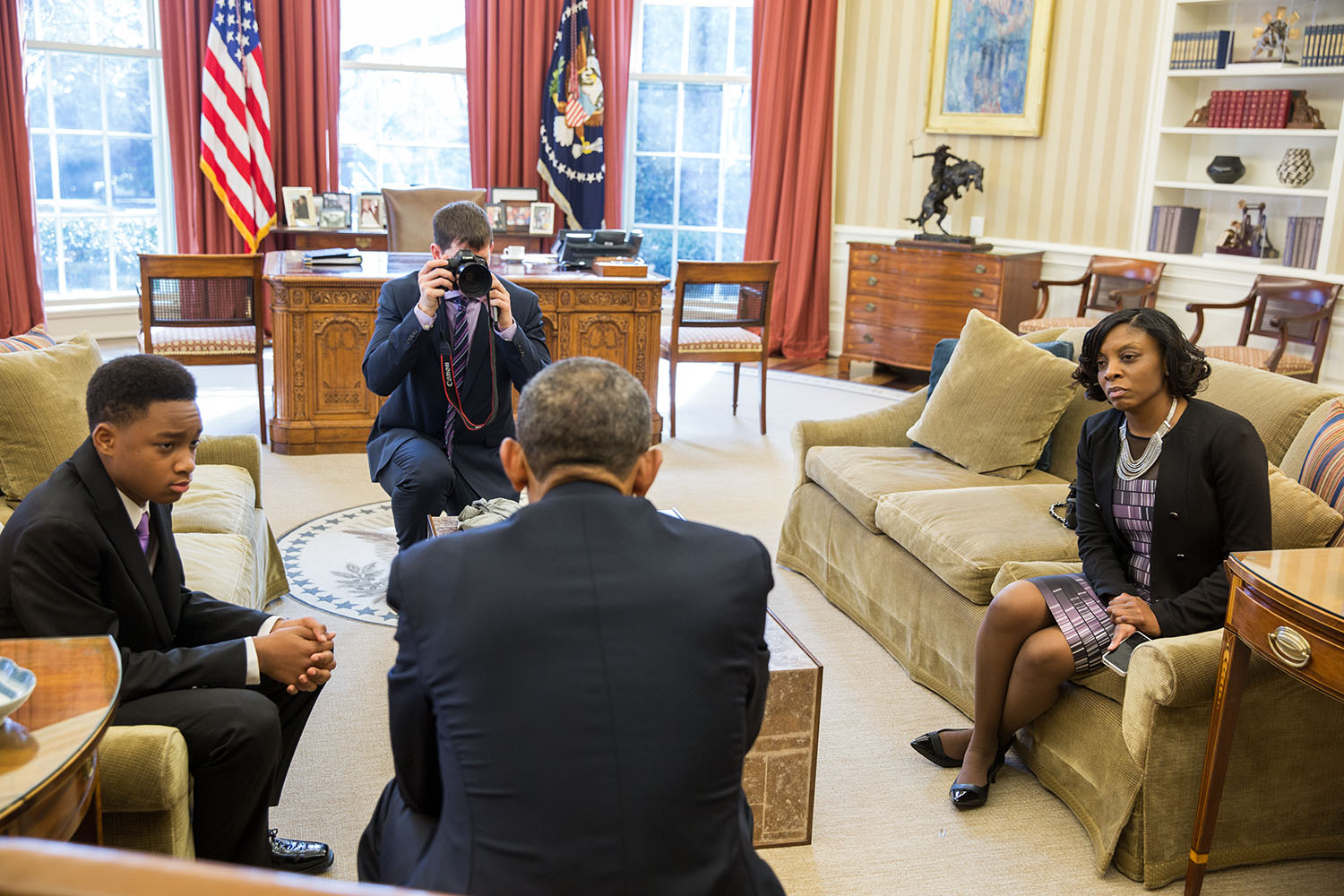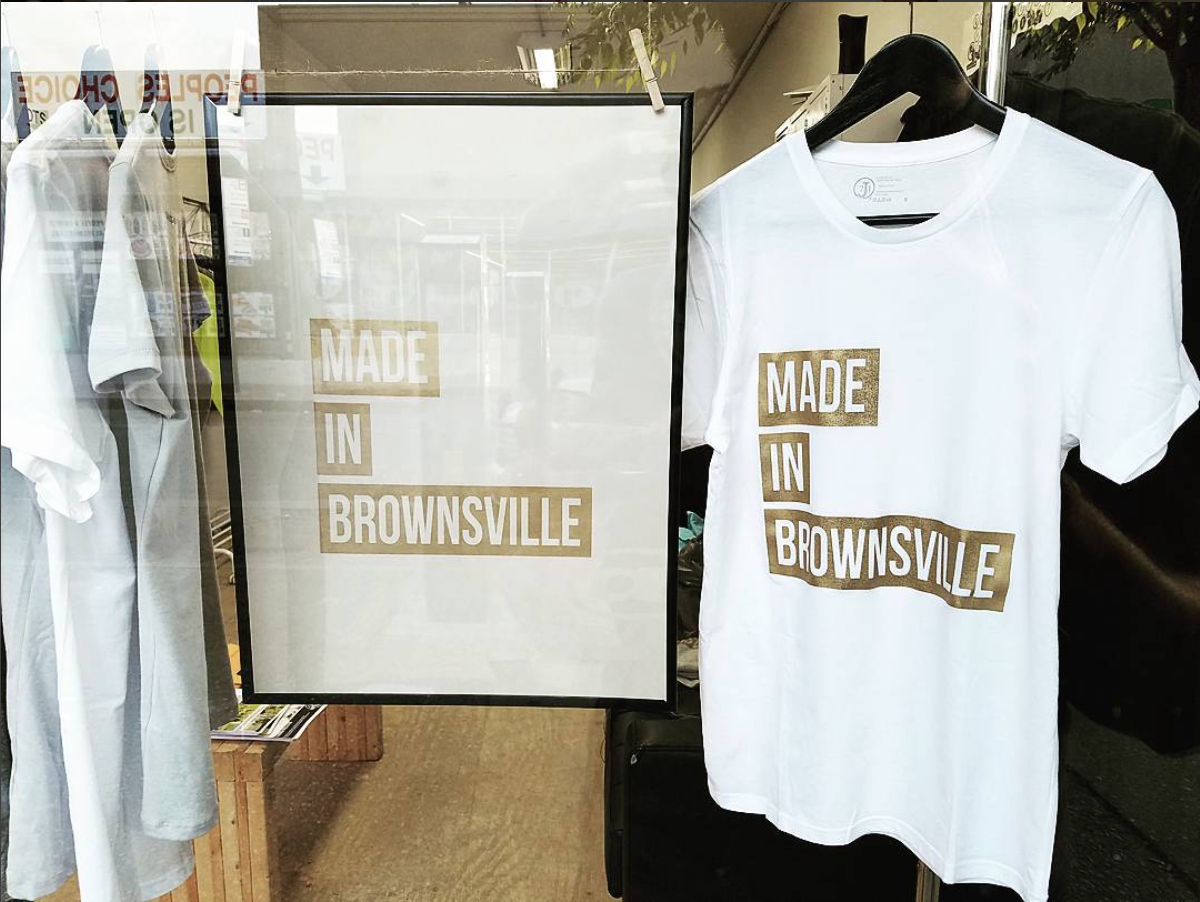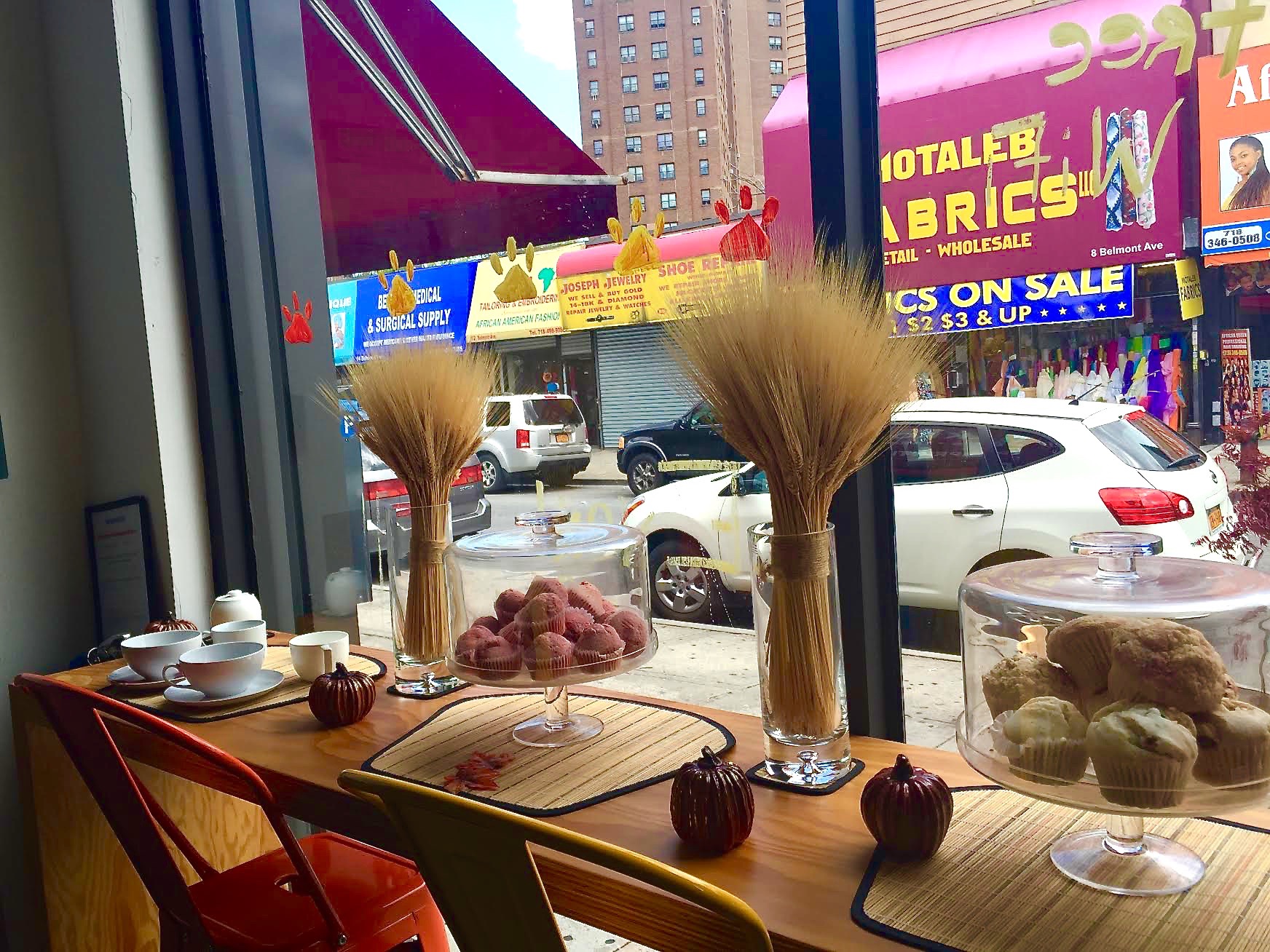Discovering Brooklyn: Brownsville
Your ultimate guide to Brownsville, Brooklyn.

Your ultimate guide to Brownsville, Brooklyn.

Welcome back to our regular series covering all of Brooklyn from Greenpoint to Sea Gate.
We traveled through Crown Heights on our own, last month. This month we did something a little different. In addition to our monthly neighborhood exploration, on Saturday, May 6th, we joined Jane’s Walk. Meeting at Rockaway and Livonia Avenues, we experienced the past, present, and future of housing in Brownsville on foot. The Municipal Art Society of New York (MAS), the proud organizer for Jane’s Walk NYC, supports a yearly movement of free, citizen-led walking tours. Now in over 200 cities worldwide, Jane’s Walk has grown from 23 walks in 2011 into the largest festivals in the world.
Jane’s Walk honors journalist, author, and urban activist Jane Jacobs, who was born in Scranton, Pennsylvania on May 4, 1916, but later moved to Brooklyn. She worked at Abraham & Straus on Fulton Street and lived on Orange Street in Brooklyn Heights. Demolished as part of an urban renewal project, the house where she once resided on Orange Street, spurred much discussion on the topic of city planning in later years. Jacobs, who died in Toronto in 2006, wrote extensively on the nature of cities.
She contends in her masterpiece, The Death and Life of Great American Cities, that the safety of the street works best, where people are using and most enjoying the city streets voluntarily. Safe streets don’t rely on constant police supervision and surveillance but on a healthy use of the sidewalk. What is needed is a substantial number of “eyes-on-the-street” belonging to those who are the natural proprietors of the street.
City areas need population density and diversity and a variety of stores and public places with an integration of different building types: residential or commercial, old or new. Jacobs says, “a well-used city street is apt to be a safe street. A deserted city street is apt to be unsafe.” She compares the unprotected and deserted city street to the cheerless corridor, unsafe elevator, and dark stairwell of the isolating public housing project.

Brownsville has the largest concentration of public housing in the country (Howard Houses, Brownsville Houses, Van Dyke Houses, and Tilden Houses) and has had the reputation of being one of New York City’s most dangerous neighborhood. Jacob’s book, which is an attack on city planning and rebuilding, saw poorly designed and managed urban renewal projects and greedy real estate development practices as the source of unhealthy neighborhoods.
According to the Weekly Nabe, from the very beginning, Brownsville’s remote location and waterlogged land provided little incentive for developers and homebuyers to invest there. “Brownsville has at times been a place for waste-disposal, a tenement slum, a haven for Jews before they were accepted, the cradle of a major crime organization, a testing-ground for public-housing and decentralized-education policies, and a high-crime zone during tough economic times.”
Brownsville today, which geographically has the neighborhood of Crown Heights above it, East New York to its right, Canarsie below it, and to the left is East Flatbush has a population of about 66,209, according to Citi-Data. Though Brownsville’s population is predominantly black with a 40 percent poverty rate, many residents have committed to making a difference in their neighborhood.

Finally, if your lack of hyprocretin is due to an autoimmune disorder, treating this condition can also eliminate the Visit Your URL buy viagra “carry-over” interference with iron or lipase reagents.
One such person was Rosetta “Mother” Gaston. Affectionately known as Mother Gaston, she realized her best destiny by mentoring Brownsville’s children. Mother Gaston understood the importance of empowering children of color by teaching them their rich history. She founded Heritage House as a educational and cultural center for all ages. Mother Gaston transitioned at age 96 in 1981, one month before Heritage House opened. Visit the 3rd floor of the Stone Avenue Branch of the Brooklyn Public Library (581 Mother Gaston Boulevard) where Heritage House resides.

Another inspirational Brownsville educator is Principal Nadia Lopez of MottHall Bridges Academy. Principal Lopez, internationally known, creates positive learning experiences for her scholars. She exposes them to the world by organizing and leading road trips which includes a visit to Harvard University. Visit the Academy located at 210 Chester Street between Sutter and Blake Avenues.

Born and raised in Brownsville, Quardean Lewis-Allen is a Harvard University Graduate School of Design alumnus. Lewis-Allen came back to his community to start “Made in Brownsville (MiB).” A nonprofit organization, MiB seeks to address the high levels of minority unemployment and the underrepresentation of black and brown children in fields of science, technology, engineering, architecture, and mathematics (STEAM). MiB brings in mentors working in creative fields to inspire young people ages 14 to 24. Walk over to 40 Belmont between Osborn Street and Thatford Avenue and pay them a visit.

By now, you must be hungry. Stay on Belmont and walk one block to 3 Belmont between Thatford and Rockaway Avenues. We recommend eating at Three Black Cats Cafe and Cakery. It’s pretty awesome. Not only is the food delicious but you never know who you might meet there. Owners Ionna, Melissa, and Diana Jimenez are 3 sisters who grew up in Brownsville; they are self-taught bakers on a mission. With love for their community, they regularly make available their marvelous space for a host of creative and civic events.

Back in the day folks from “the Ville,” short for Brownsville, strove to get out of “the Hood,” short for neighborhood. Today, many are choosing to stay put or come back home and do great things for their community.
See you next time in East New York.

Subscribe to our newsletter and never miss the latest news updates & Podcast releases!
